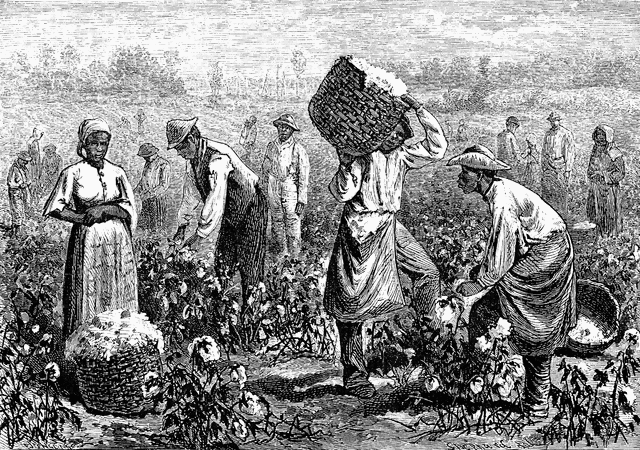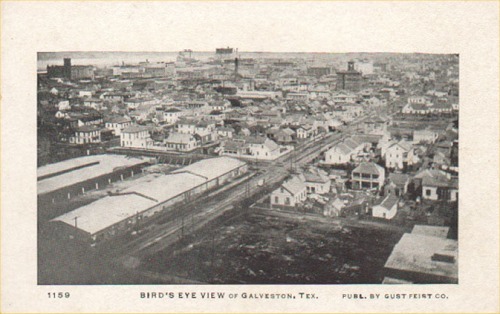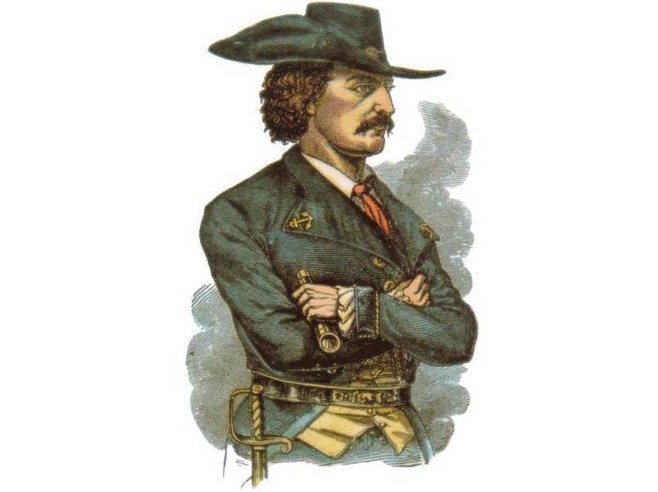While it is generally believed that slavery ended on September 22, 1862 – the date President Abraham Lincoln issued the Emancipation Proclamation – many slaves were not freed until much later when news of the proclamation reached their towns.
According to galveston.com, the last of those slaves lived in the South and were freed on June 19, 1865, after the Emancipation Proclamation was read on a harbour pier in Galveston, Texas.
Galveston, a sandbar off the coast of southeast Texas, was, in the 19th century, a busy centre of the illicit foreign slave trade, with a slave population that outnumbered that of its free population. The area was also home to the largest slave market west of New Orleans, according to records.
Between 1816 and 1821, when Texas still belonged to Spain, it became a spot for the African slave trade that was led by pirates and revolutionaries who had roamed the Texas Gulf Coast plundering merchant shipping.
After 1821, the African slave trade became significant to scores of Anglo-American colonists who established themselves along the coastal plains of Texas in the nineteenth century, writes Fred Robbins, in the East Texas Historical Journal.
Historians say that when Spaniards occupied Texas, between 1716 and 1821, they allowed slavery, but later encouraged the freeing of slaves. This was, however, not enforced. By 1808, the Atlantic slave trade had been abolished, yet the domestic slave trade kept going on through the end of the Civil War, a Timeline article says.

In September 1816, a privateer government was established in Texas in 1816 by José Manuel de Herrera, a Mexican rebel who proclaimed Galveston a port of the Mexican Republic. He appointed Louis-Michel Aury, a Mexican revolutionary, as the territory’s governor.
The Texas coast was then an excellent area for the establishment of a base of operations for pirates and privateers. The area was close to the shipping lanes in the Gulf of Mexico and to the slaving ports of Cuba. Cuba was then a major depot for the African slave trade into Latin America in the early nineteenth century.

Being only 800 miles from Galveston, it became the major source of African slaves for the Anglo-American colonists after 1821, the East Texas Historical Journal report said.
Galveston, on the upper Texas coast, further helped expand the African slave trade into Texas due to the natural surroundings of the area near the island.
The coastline, according to Robbins in his article, is composed of layers of limestone, clay, and sand that rise only a few feet above the sea level for many miles inland. Pirates would use this to their advantage.
“Also, many rivers and streams emptied into the Gulf of Mexico along the coast. A few of these rivers were navigable for a short distance inland, providing a convenient hiding place for storing contraband slaves. It did not take long for Galveston to emerge as the favourite location for pirates who occupied the island in 1816,” Robbins adds.
In effect, Galveston’s slave trade began when Aury, then appointed the governor of the territory, left Galveston in April 1817. Sources say he sold 300 Africans he had acquired through raids to planters in Mississippi.
A few days after he had left for Matagorda Bay, Captain Guy Champlin arrived at Galveston with two prize ships. One, the Patronille, contained 174 Africans, while the second vessel, L’Enrequita, had 113 slaves on board.
During the summer of 1817, Aury returned from Matagorda to Galveston with hopes of re-establishing himself. He brought along with him two vessels of African slaves.
One of the ships contained 300 slaves in a fever-ridden state. Thus, this vessel was set adrift in the Gulf off Galveston because Aury feared that the fever might spread to the pirates. The second ship contained 400 Africans. Varying accounts state that, in total, more than 650 African slaves were at the time waiting to enter the U.S.

At Aury’s return, the legendary French-born pirate, who had fought for the U.S. during the War of 1812, had then taken control of Galveston and had increased smuggling activities. Jean Lafitte and his men made regular deliveries of Africans to the island. He was successful in his operations for many years largely due to the way he disposed of the African slaves brought to the island.
Lafitte used intermediaries, who would contract with interested planters in the U.S, for purchasing slaves on Galveston. After the intermediary filled a number of contracts, he was free to go to Galveston and get the necessary number of slaves.
Some of the popular people who acted as intermediaries for Lafitte included the Bowie brothers – John, Resin, and James. John would later boast that they made $65,000 from smuggling Africans into the United States and selling them to planters in Louisiana and Mississippi during the period between 1818 and 1820.
It has been documented that once sold or hired out in Galveston, slaves found themselves working in various areas – as domestic and trade labour in the city, plantation labour on outlying areas of the island, and maritime labour in the port.
Soon, American authorities got knowledge of the activities on Galveston and in 1821, they managed to force Lafitte’s retreat from the island, bringing a pause in the African slave trade along the Texas coast until the mid-1830s.
.jpg)
In 1821, the same year Lafitte was made to retreat from Galveston, Mexico gained independence from Spain. Following the formation of the Republic of Mexico, the Mexican government approved the petition of American businessman Moses Austin to settle Anglo-American colonists in Texas.
It is significant to note that when the Mexican government granted the petition, there was no mention of slaves, but many of the colonists eventually brought slaves with them to Texas, said Robbins. Though Mexican authorities had outlawed slavery, they failed to effectively abolish it.
In 1836, the Anglo-American settlers gained their independence from Mexico, becoming the Republic of Texas. During this period, there were an estimated 5,000 slaves in the area. Being free of the Mexican government, Anglo-American settlers rejoiced as they now had the ability to own slaves. This would, however, cause them to lose twice at attempts to be annexed to the U.S.
In 1845, they succeeded and by then, the number of slaves in the state had grown to 30,000. By 1860, there were 182,566 slaves , about one-third of the state’s total population, statistics cited by Timeline show.
Varying accounts state that only two freed African Americans were recorded in Galveston in 1860 – down from 30 in 1850. This was attributed to an 1858 state law that required freed blacks to leave Texas, select a master, or be arrested and sold into slavery.
It was, therefore, all joy when Galveston residents were informed in June 1865, that slaves were now free. This came two and a half years after
President Lincoln signed the Emancipation Proclamation.
It is said that the celebration that took place that day in Galveston ultimately became known as the “Juneteenth” holiday which is now celebrated in more than 40 states.










